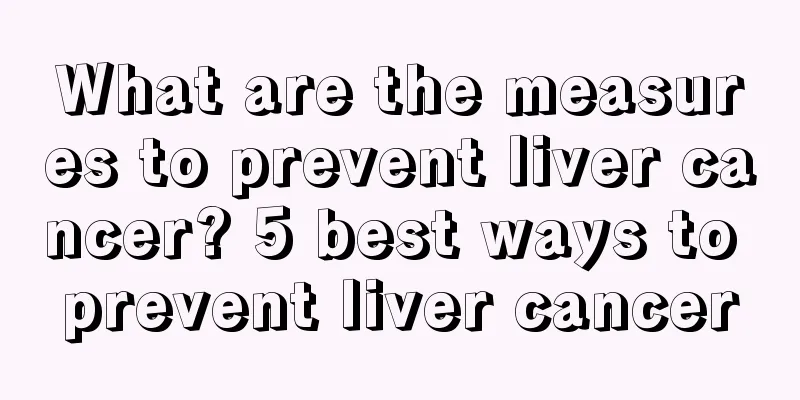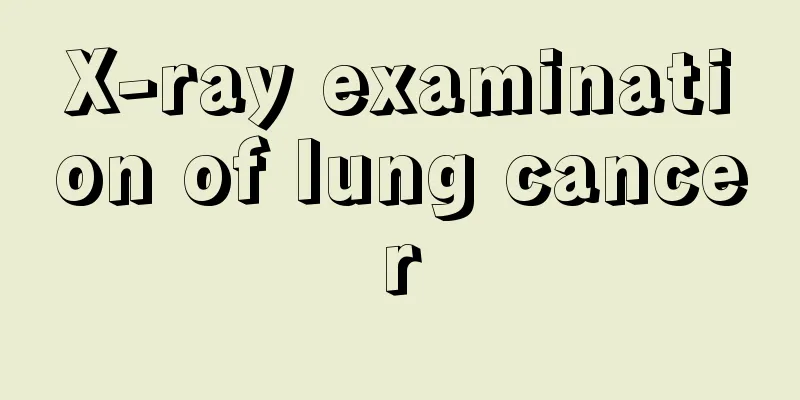What are the targeted drugs for nasopharyngeal carcinoma

|
What are the targeted drugs for nasopharyngeal carcinoma ? Since the publication of The Intergroup Study 0099 in the United States , the concurrent chemoradiotherapy plus adjuvant chemotherapy used in the study has become the standard treatment model for stage III and IV nasopharyngeal carcinoma in North America. Although the chemotherapy drugs currently used for nasopharyngeal carcinoma have achieved a high efficacy, the long-term effect is still not ideal, and there are more serious side effects, so it is necessary to further find highly effective and low-toxic drugs. In the 1990s , new drugs such as taxanes, oxaliplatin, gemcitabine, and CPT-11 showed good efficacy. (1) Taxanes Carboplatin combined with paclitaxel induction chemotherapy and concurrent chemoradiotherapy with cisplatin were used to treat patients with Ⅲ and Ⅳ nasopharyngeal carcinoma. The efficacy of induction chemotherapy was 16% for primary lesions and 58% for regional lymph nodes . The 2- year overall survival rate and progression-free survival rate were 91.8 % and 78.5 % , respectively. Patients had good tolerance. Three cycles of docetaxel (75mg/m2) and cisplatin (75mg/m2) chemotherapy were performed before radiotherapy, with an efficacy of 89% ( 37% complete remission ) The results of a phase I dose-escalation clinical trial of using weekly Taxol chemotherapy to treat locally advanced nasopharyngeal carcinoma during radiotherapy were reported . The recommended dose of Taxol is 30 mg/m2 , and the main reactions are mucositis and skin reactions. In addition, Taxol alone or in combination with platinum chemotherapy is effective as a first-line or second-line treatment for metastatic nasopharyngeal carcinoma. When used alone for 3 weeks, the dose is 135 mg/m2~175 mg/m2 , the effective rate is 22% , and the effective duration is 7.5 months. When Taxol is combined with carboplatin, the effective rate is 60 ~72% , and the median progression time as a first-line treatment is 7 months. In another study, it was reported that carboplatin ( AUC7 mg/ml per minute ) and Taxol 200 mg/m2 were used with the support of growth factors, and the effective rate reached 57% , and the disease progression time was 4.3 months. When the dose was further increased, the toxicity was significantly increased, but the efficacy was similar. (2) Capecitabine 17 patients with metastatic or recurrent head and neck squamous cell carcinoma who were refractory to platinum-based treatment were treated with capecitabine. The median follow-up time was 7.5 months, 3 cases had partial remission, 1 case had complete remission, the total effective rate was 23.5 % , the median survival time was 7.6 months, the main reaction was grade I to II hand-foot syndrome, and the blood toxicity was mild. Therefore, capecitabine can be used as an effective salvage treatment for patients with advanced metastatic or recurrent nasopharyngeal carcinoma. The researchers said that the results of a phase I trial of the simultaneous use of capecitabine and radiotherapy in early nasopharyngeal carcinoma showed that the regimen was tolerable and effective, and the recommended dose was 1700 mg/m2 per day . (3) GEM Recently, researchers evaluated the results of Gemcitabine combined with cisplatin induction chemotherapy for advanced nasopharyngeal carcinoma. 37 patients with stage IV nasopharyngeal carcinoma received 3 cycles of Gemcitabine plus cisplatin induction chemotherapy, followed by concurrent radiotherapy (70Gy) and chemotherapy (DDP100mg/m2 , d1 , one course every three weeks ) . The efficacy of induction chemotherapy was greater than 90% , and the treatment was tolerable. All patients completed radiotherapy, and the 3- year overall survival rate was 76%. In addition, several retrospective studies and phase II clinical trial results showed that Gemcitabine alone or in combination with cisplatin was effective for patients with metastatic or recurrent nasopharyngeal carcinoma. Gemcitabine alone or in combination with cisplatin was used to treat 32 patients with metastatic or recurrent nasopharyngeal carcinoma. The efficacy of the Gemcitabine alone group was 35% , and the 1- year survival rate was 48% ; the efficacy of the combined group was 64% , and the 1- year survival rate was 69% , with good tolerance.
|
<<: How much does electrotherapy for nasopharyngeal carcinoma cost?
>>: Radiotherapy method for nasopharyngeal carcinoma
Recommend
What are the dangers of suffering from thyroid cancer
What are the dangers of having thyroid cancer? Ha...
Drinking pure milk will cause diarrhea
We usually drink a glass of milk and eat some bre...
What are the early symptoms of liver cancer?
In recent years, liver cancer has become a major ...
Endoscopic mucosal resection for early gastric cancer
In foreign countries, especially in Japan, endosc...
If you have bone cancer, you may have some unexplained back pain
If you have bone cancer, you may have some unexpl...
Symptoms before relapse of pleurisy
Pleurisy generally presents as chest pain, which ...
What is the chance of bladder cancer recurring after surgery?
The chance of recurrence of bladder cancer after ...
How to choose a cup for drinking lemonade
Lemonade is a common drink, which is mainly made ...
How should atherosclerosis be treated?
The occurrence of atherosclerosis seriously affec...
What shampoo is good for summer
Shampoo is a common daily necessity, and almost e...
Do you know the symptoms of glaucoma?
Glaucoma is a very common disease. Its early symp...
How to use blackhead extraction liquid, how to use it, how to use it
Everyone loves beauty, and beautiful skin can mak...
Complications of mandibular cancer
Some patients may experience toothache and local ...
What should I do if my teeth hurt at night?
Speaking of toothache, this may be something that...
The correct time to take various medicines
In recent years, with the development of medical ...









